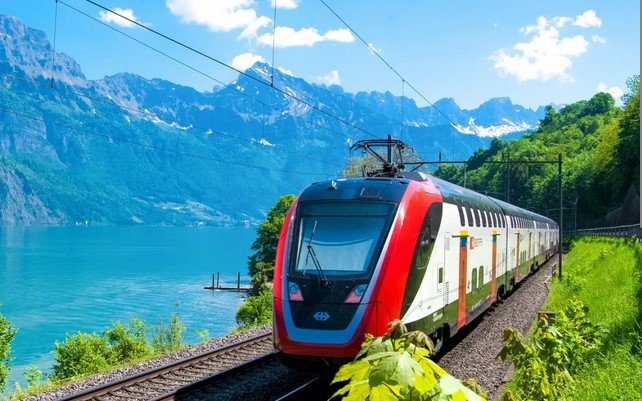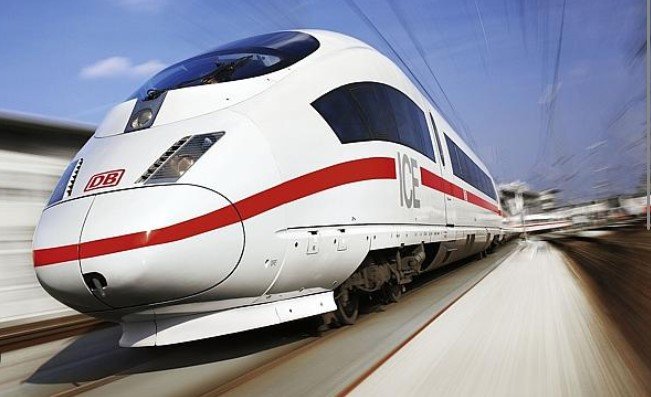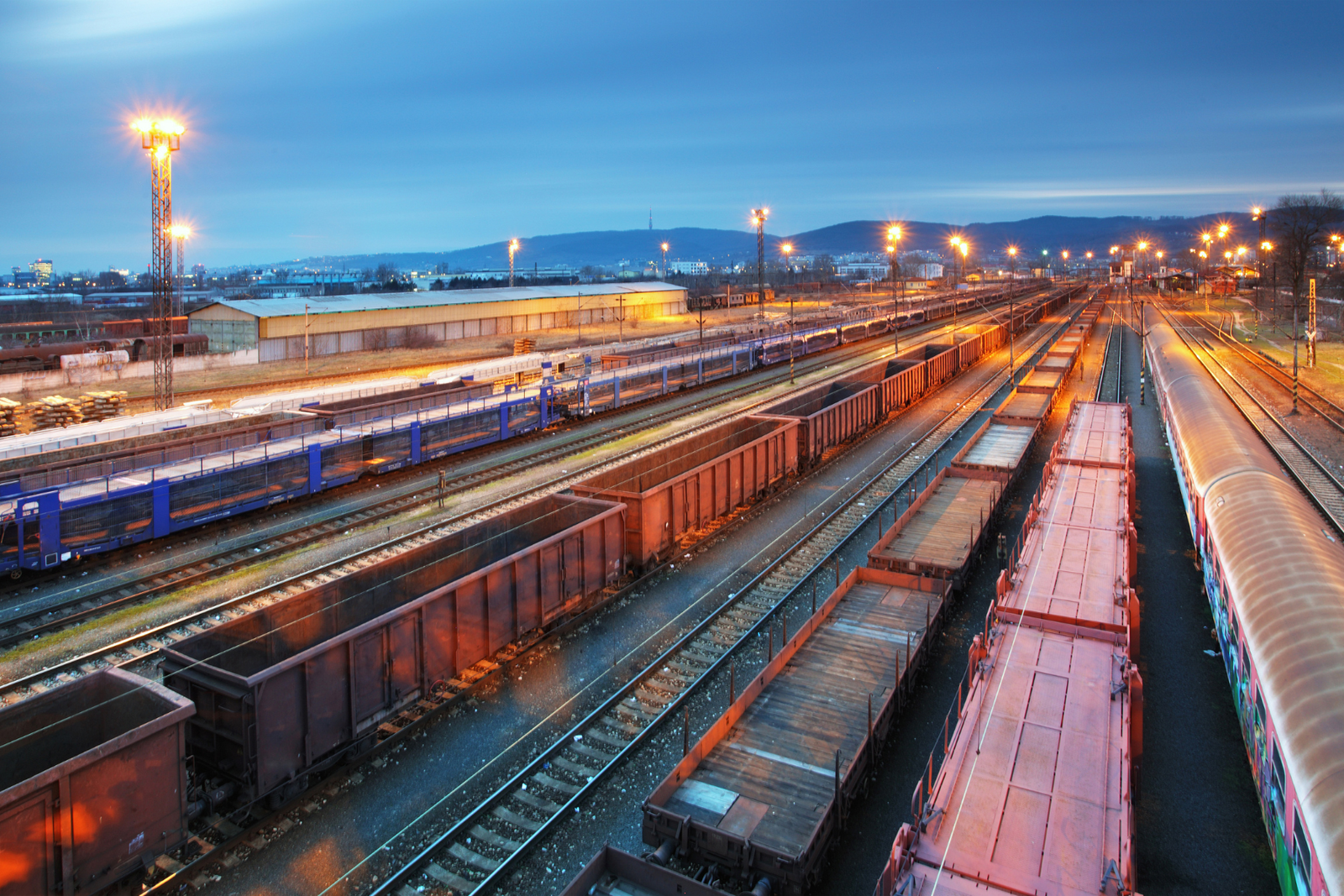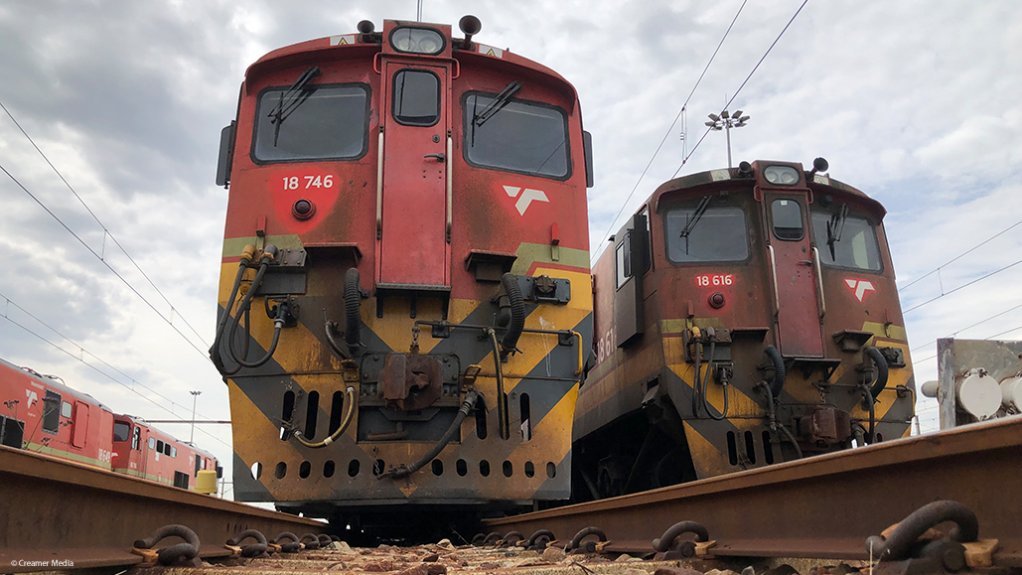Rail networks around the world offer a variety of travel experiences. Each country has built its system to fit its unique needs. From high-speed trains to regional connections, rail travel remains an important mode of transport. In this post, we will explore some of the most notable rail networks and how they impact travel and economies.

Japan’s Shinkansen: A Model of Efficiency
Japan’s Shinkansen, or bullet train, is one of the world’s fastest and most efficient rail systems. Launched in 1964, it can reach speeds of up to 200 miles per hour (320 km/h). The Shinkansen connects cities like Tokyo, Osaka, and Kyoto, allowing for fast, comfortable travel. Japan’s trains are known for punctuality and safety, with no fatalities in over 50 years of service. This success has inspired other countries to develop similar systems.
Japan continues to innovate, aiming to improve speed and extend the network. The Shinkansen is a prime example of how high-speed rail can change the way we travel.
France’s TGV: High-Speed Rail Excellence
France’s TGV (Train à Grande Vitesse) network is another leader in high-speed rail. First introduced in 1981, the TGV connects cities like Paris, Lyon, and Marseille. TGV trains reach speeds of over 200 miles per hour (320 km/h), making long-distance travel quicker and more efficient. The TGV has improved travel times and boosted the French economy by enhancing mobility and tourism.
France continues to expand the TGV network, with plans for new routes linking neighboring countries. This development shows how high-speed rail contributes to regional growth and international connections.
China’s Expansive High-Speed Rail System
China has built one of the largest high-speed rail systems in the world. Since 2008, the country has rapidly expanded its network, linking cities like Beijing, Shanghai, and Guangzhou. China’s high-speed trains reach speeds of up to 200 miles per hour (320 km/h), making travel faster and more efficient. The Chinese government has invested heavily in rail infrastructure to support economic development and sustainability.
The expansion of China’s rail system has made travel more accessible for millions of people. It also supports the country’s environmental goals by providing a cleaner, more energy-efficient travel option than planes or cars.
Germany’s Deutsche Bahn: A Blend of Tradition and Innovation
Germany’s Deutsche Bahn (DB) combines traditional rail services with modern high-speed trains. The InterCityExpress (ICE) trains, which operate on high-speed routes, reach speeds of up to 186 miles per hour (300 km/h). DB connects major cities like Berlin, Frankfurt, and Munich, offering fast and efficient travel.
Deutsche Bahn is committed to sustainability and aims to power its trains with renewable energy. The company also integrates its services with buses and local trains, providing passengers with seamless travel options across Germany and Europe.
The United Kingdom: A Mix of Classic and Modern Rail Travel
The United Kingdom has a long history of rail travel. Today, its network blends classic trains with modern high-speed services. The Eurostar connects London with Paris, Brussels, and Amsterdam. Meanwhile, UK trains like the West Coast Mainline offer fast services between cities like London and Manchester.
The UK is also working on the HS2 (High-Speed 2) project. This will connect London with northern England, making travel faster and more efficient. Although the UK’s rail system faces challenges, such as overcrowding, it remains one of the busiest in Europe.
Conclusion
Rail networks around the world have transformed how we travel. From Japan’s Shinkansen to China’s high-speed rail system, countries are building innovative rail systems that improve efficiency and sustainability. High-speed rail is reshaping economies, making long-distance travel faster and more accessible. As these networks expand, rail travel will continue to evolve, offering more sustainable, efficient, and interconnected travel options for the future.




